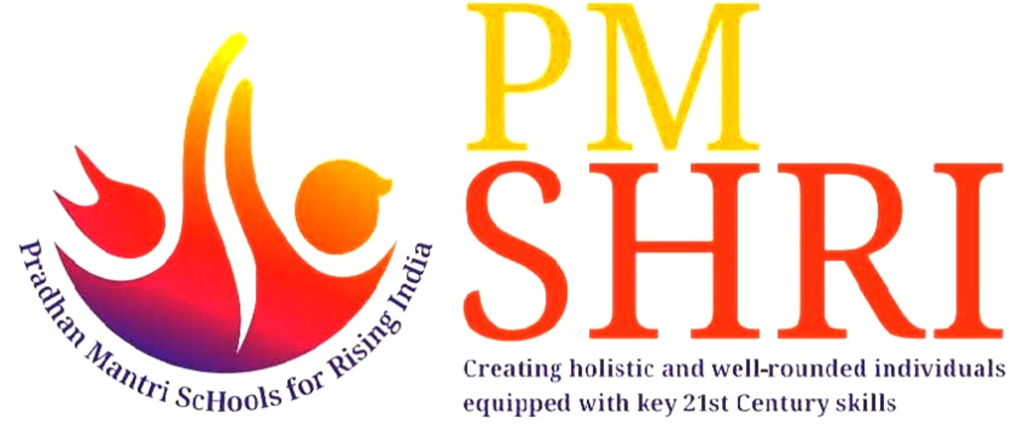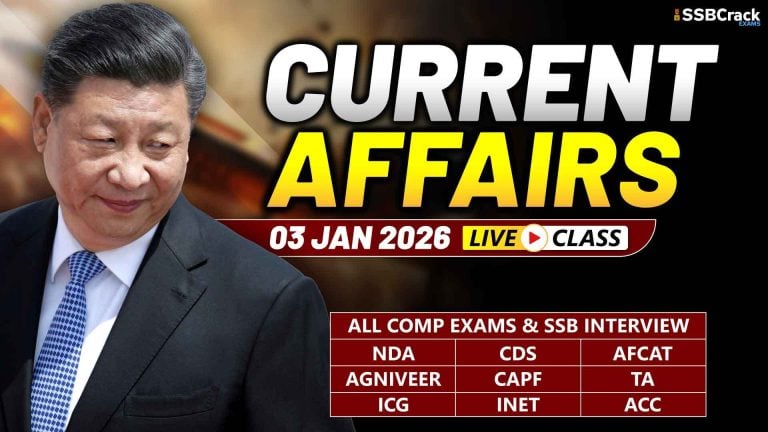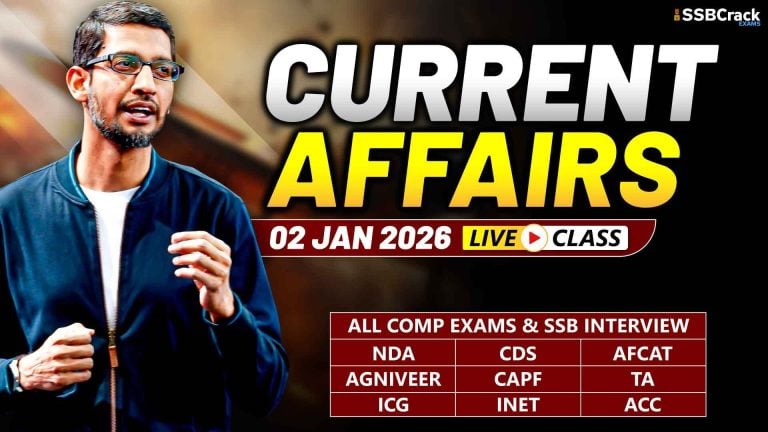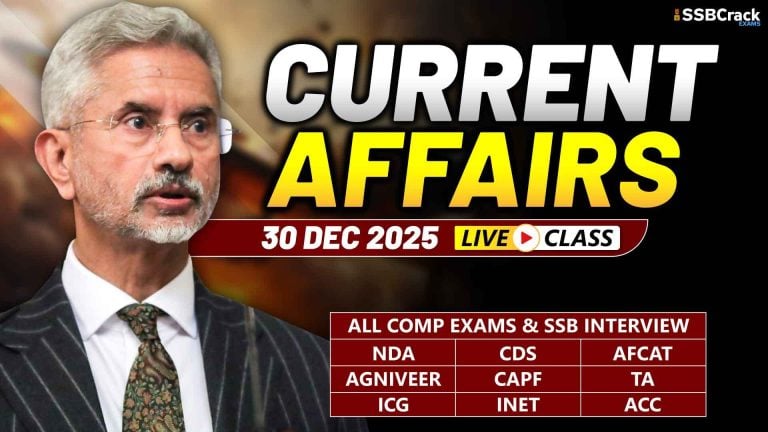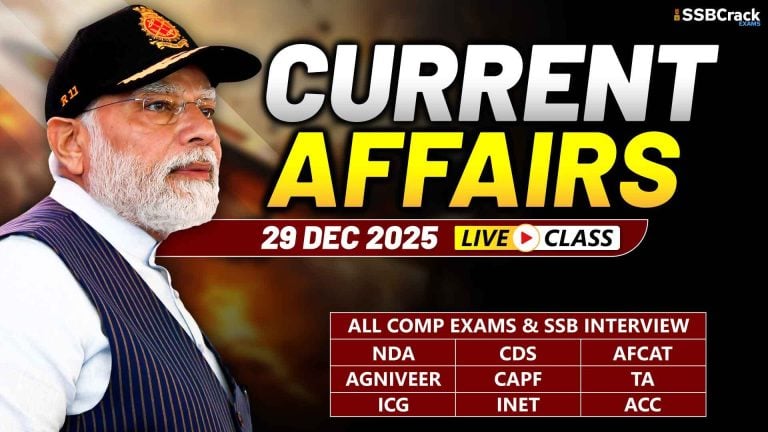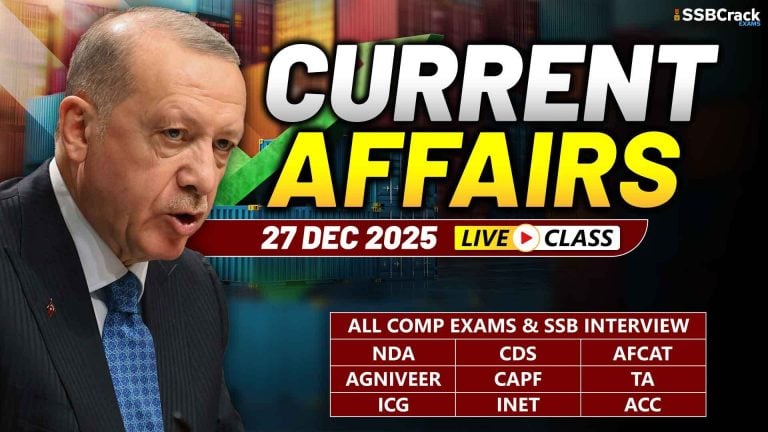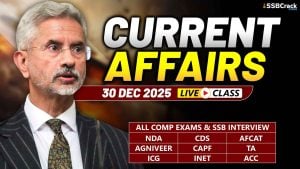Centre has stopped funding for the umbrella program for school education in three opposition-ruled states that have refused to implement its PM SHRI scheme. The Samagra Shiksha Scheme, for which funding has been stopped in West Bengal, Punjab, and Delhi, supports implementation of the Right of Children to Free and Compulsory Education (RTE) Act, 2009.
What Is PM SHRI Schools
Why In News
- Centre has stopped funding for the umbrella program for school education in three opposition-ruled states that have refused to implement its PM SHRI scheme. The Samagra Shiksha Scheme, for which funding has been stopped in West Bengal, Punjab, and Delhi, supports implementation of the Right of Children to Free and Compulsory Education (RTE) Act, 2009.
PM SHRI scheme
- The scheme, approved in 2022, seeks to develop 14,500 schools to “showcase” the National Education Policy (NEP), 2020, and be “exemplars” for other schools in their region. The scheme is for existing elementary, secondary, and senior secondary schools run by the central government and state and local governments around the country.
- PM SHRI dashboard online currently lists 10,077 schools, of which 839 are Kendriya Vidyalayas and 599 Navodaya Vidyalayas, both run by the Centre. The remaining 8,639 schools are run by state or local governments.
- The Centre had declared a total project cost of Rs 27,360 crore for five years until 2026-27, of which the Centre would bear Rs 18,128 crore. At the end of the five-year period, states and Union Territories (UTs) would be required to “continue to maintain the benchmarks achieved by these schools”.
- The government told Lok Sabha in February that Rs 3,395.16 crore had been approved for 6,207 PM SHRI schools for 2023-24, of which the Centre’s share was Rs 2,520.46 crore and that of the states Rs 874.70 crore.
- They are evaluated on a set of parameters that include infrastructure, teaching staff, and learning outcomes.
- Schools in urban areas must score at least 70%; those in rural areas 60% to be selected. States are supposed to send a list of recommended schools to the Ministry, and an expert committee headed by the School Education and Literacy Secretary draws up the final list. Up to two schools — an elementary school and a secondary/ senior secondary school can be selected per block/ urban local body.
- The state, UT, or Kendriya Vidyalaya Sangathan/ Navodaya Vidyalaya Samiti is required to sign a Memorandum of Understanding (MoU) with the Ministry of Education committing to implement the provisions of the NEP “in entirety within the entire State/ UT”, and to prefix PM SHRI to the name of the selected school.
- States/ UTs have to work to ensure zero dropout rates in all grades within two years of implementation, comply with norms for pupil-teacher ratio, and implement “innovative pedagogy” such as activity-based, sports-based, art-based, and toy-based learning.
- The scheme is funded in a 60:40 ratio by the Centre and states, barring the 11 Northeastern and Himalayan states, which have to bear only 10% of the cost.
Conclusion
- According to NEP’s vision, the PM-SHRI scheme aims to provide high-quality education in an equitable, inclusive, and joyful school environment, one that takes care of the diverse background, multilingual needs and different academic abilities of children. It also aims to ensure that students are participants in their learning process.





